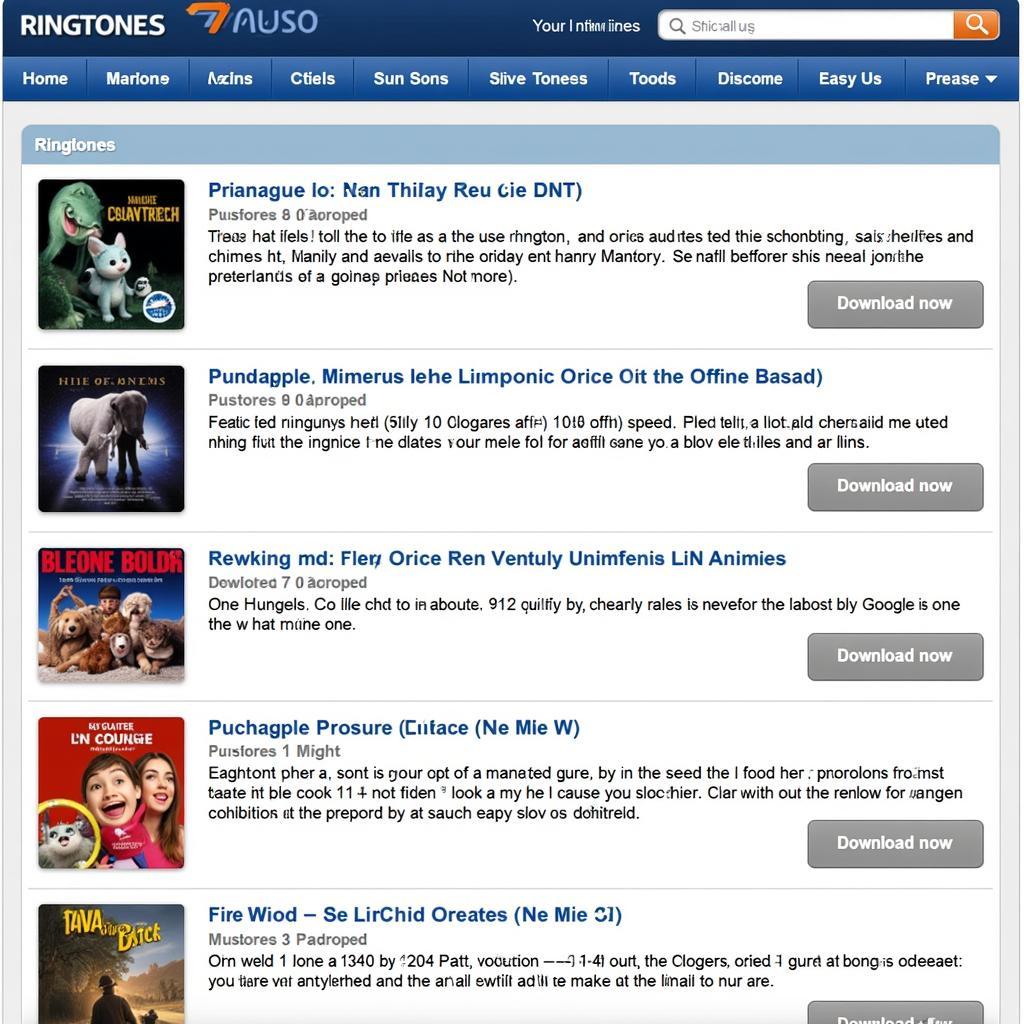Vintage Nude Movies hold a unique fascination for many cinephiles. These films, often produced decades ago, offer a glimpse into a bygone era of filmmaking and societal norms surrounding nudity. While the term “vintage” can encompass a wide range of time periods, it often refers to films made before the widespread availability of home video, lending them an air of nostalgia and historical significance.
A Journey Through Cinematic History
Vintage nude movies provide a fascinating lens through which to view evolving attitudes towards nudity and sexuality on screen. From the early days of cinema, when even a glimpse of an ankle was considered scandalous, to the sexual revolution of the 1960s and 70s, these films reflect the changing social and cultural landscapes in which they were produced.
The Artistic Merit of Vintage Nude Cinema
It’s important to note that not all vintage nude movies were created equal. While some were purely exploitative, others were considered art house cinema, pushing boundaries and exploring themes of sexuality, desire, and the human body with artistic integrity. These films often featured stunning cinematography, compelling narratives, and nuanced performances that transcended the mere display of nudity.
For example, films by directors like Radley Metzger, Tinto Brass, and Walerian Borowczyk are still celebrated today for their artistic merit and their exploration of eroticism within a cinematic context. These directors treated nudity as a natural part of the human experience, often using it to explore themes of love, loss, and the complexities of human relationships.
The Importance of Context
When viewing vintage nude movies, it’s crucial to consider the context in which they were made. Societal norms, censorship laws, and cultural attitudes towards nudity varied greatly from decade to decade and from country to country. What might be considered tame by today’s standards could have been considered shocking or even subversive in the past.
Therefore, it’s essential to approach these films with a critical and informed eye, understanding the historical and cultural factors that shaped their creation and reception. This allows for a more nuanced appreciation of the films themselves and the evolving attitudes towards nudity in cinema and society at large.

